The Ruddy Kingfisher (Halcyon coromanda) is both a rare resident as well as an uncommon migrant kingfisher to the shores of Singapore. The resident subspecies (minor) is confined to the mangroves of Pulau Tekong, and not many people have seen them due to the restricted access.
The migrant subspecies (coromanda) on the other hand comes in small numbers in two waves during the migratory season. Once during the main influx in October to November and then on their passage home to the north between February and March.
I had looked at the recent records (2006 to present) to find the locality of their sightings. They have been sighted before at Jurong Lake district, Dairy Farm, Khatib Bongsu, Nee Soon Swampforest, Sungei Buloh, Malcolm Park, Lower Peirce reservoir, Pulau Ubin and even the Central Business District. The place with the most sightings is the former Muslim cemetery in Bidadari. The birds have been seen there annually since 2011.
Photographically, they pose a challenge as the bird tends to be skittish and can fly a good distance away once disturbed. However with patience, an observer can get close enough for a good look and photos.
In 2011, there were a number of different birds present at Bidadari. This ‘bonanza’ meant that the local bird photography community came out in full force and resulted in some of the best pictures ever captured of this species. I managed to at least photograph an adult and a juvenile.
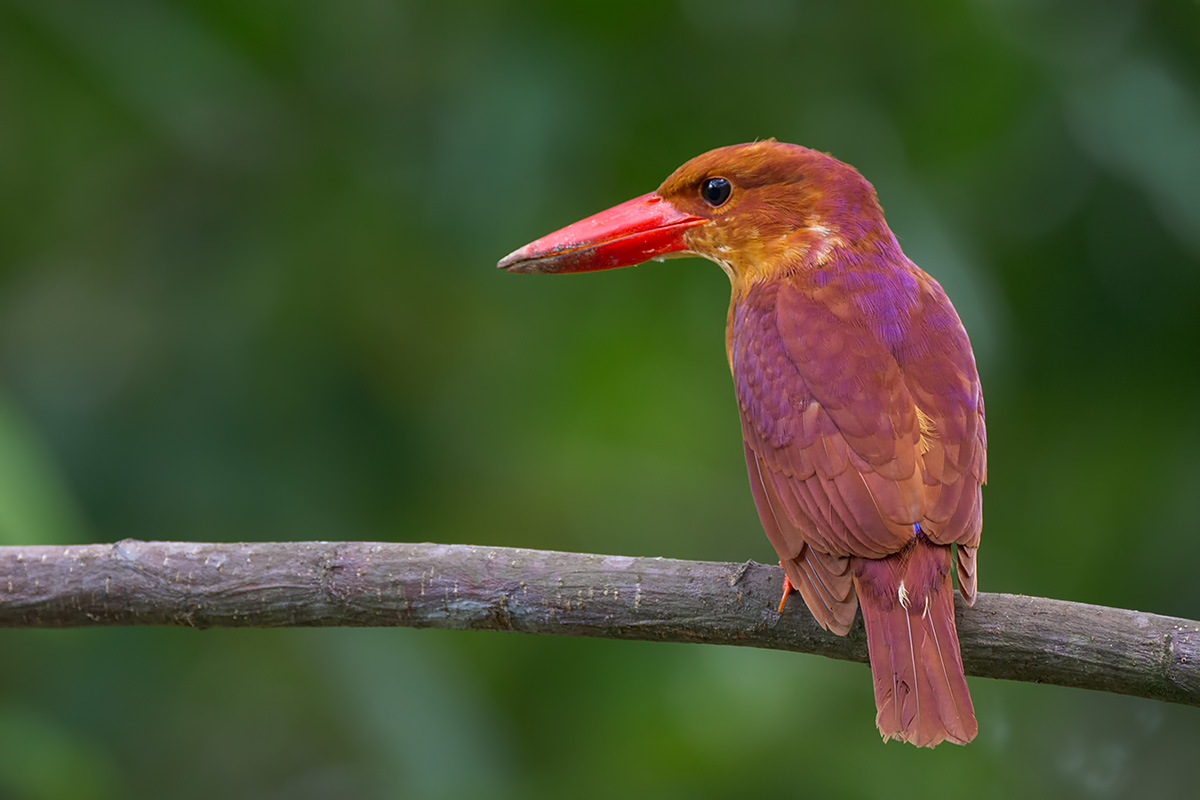
(An adult in November 2011, with the purple wash on the head and upperparts. Some guide books say purple, some mentioned violet or magenta. You decide by looking at the photos.)
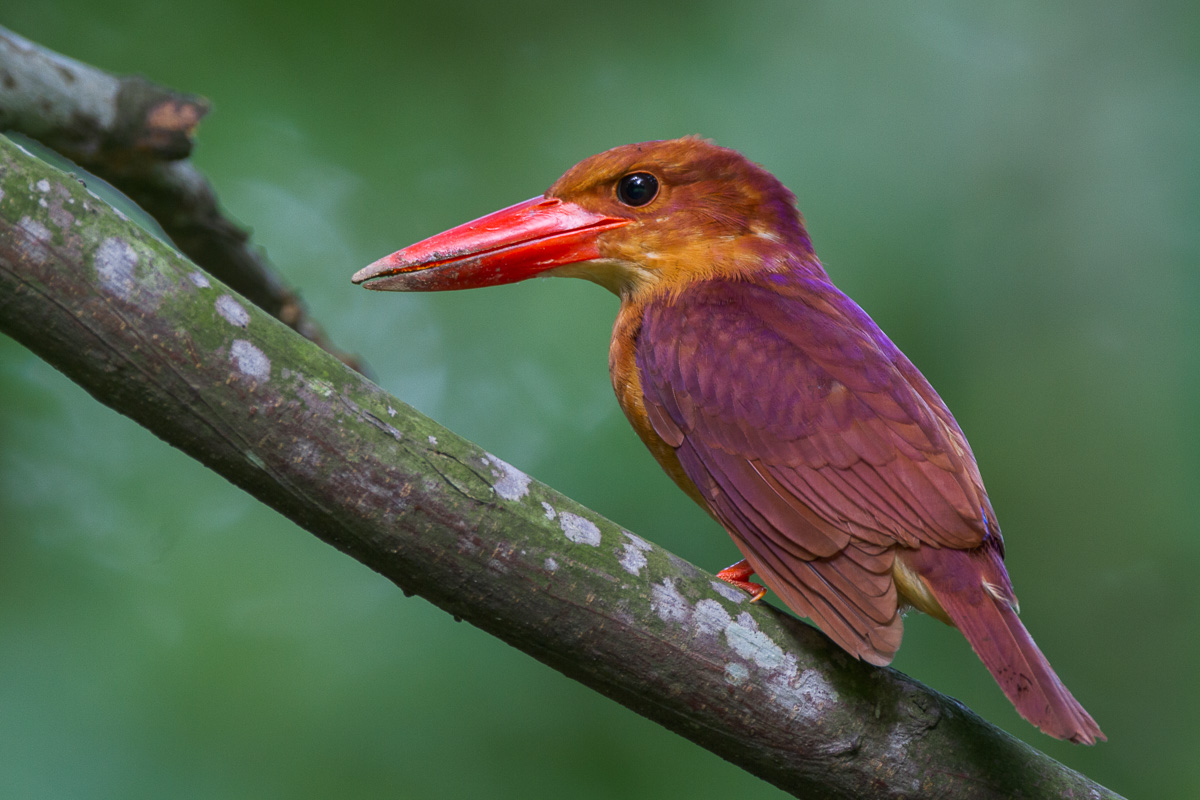
(Same adult, side view. The adult is behaviourally more skittish than the juvenile)
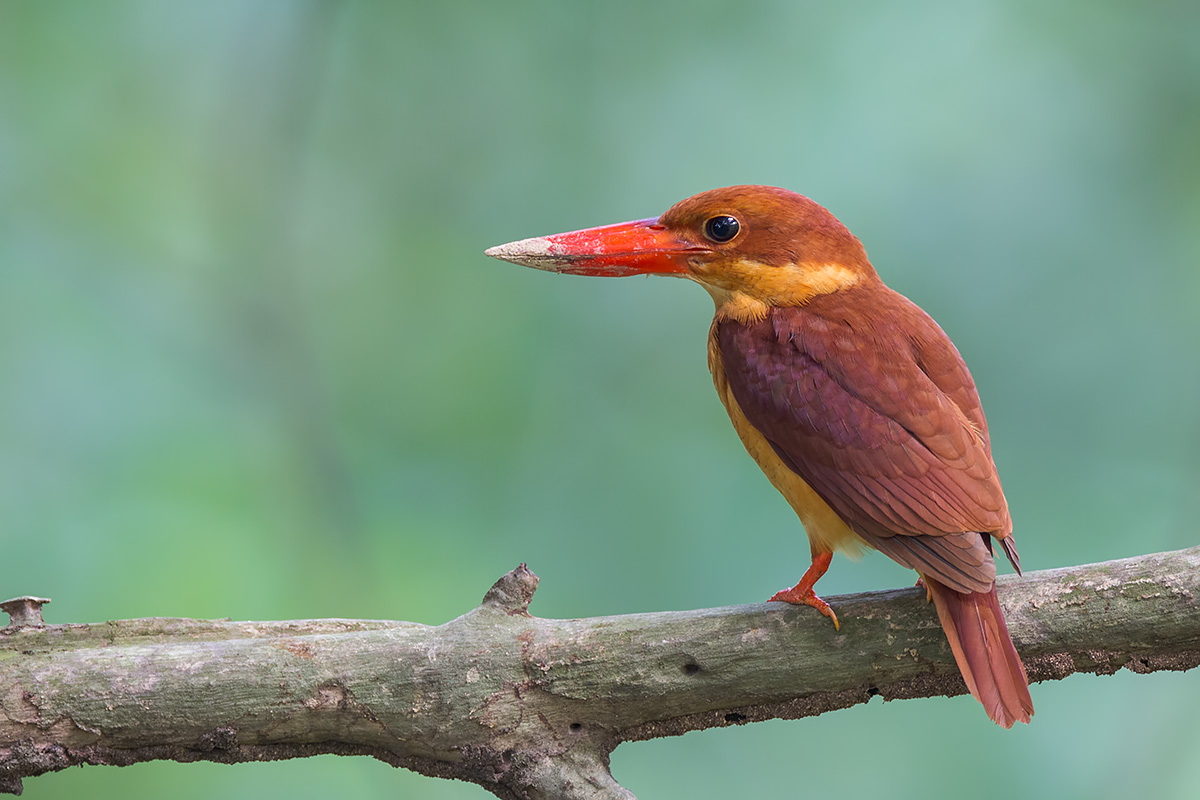
(A juvenile in December 2011, side view. This bird stayed more than a month at Bidadari. Notice the lack of purple wash on the head and just hints on the wings.)
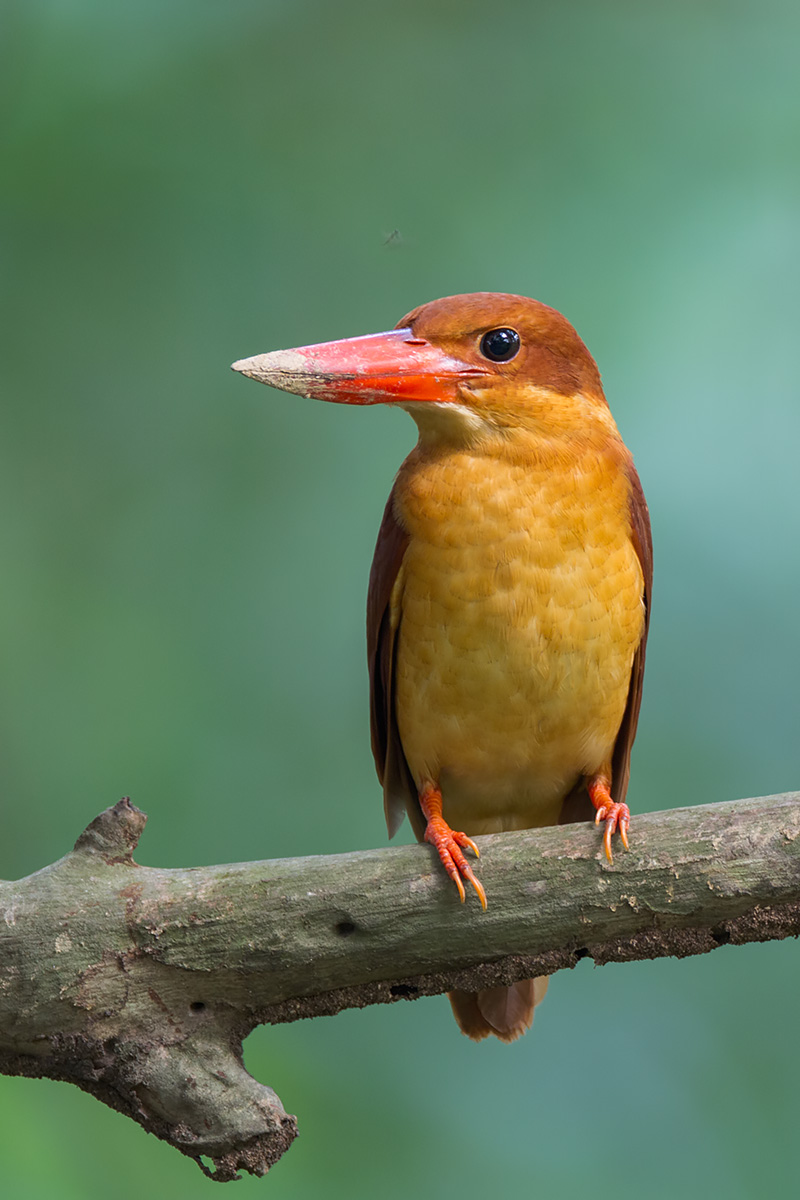
(A front view of the juvenile. Notice the dirty bill. It is more orange compared to the adult. See the blurred mosquito at the top of its head? 1/8s exposure.)
In October 2012, I managed to see another adult. It was rather skittish, so the resulting photograph is not very good.
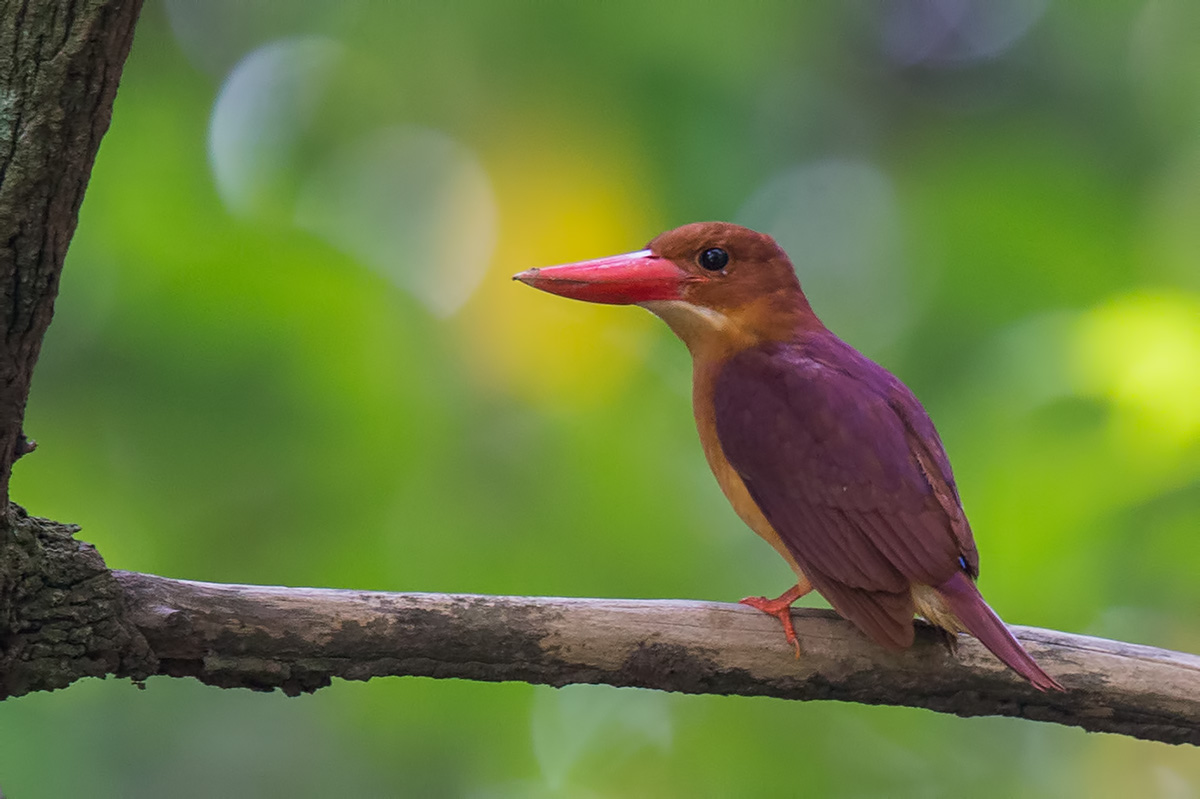
(Adult, with very prominent purple wash on the upperparts. Very skittish and was a one time sighting bird.)
The number of sightings have increased dramatically over the last few years due to the increasing number of observers as the hobby gained ground.
Once we established that Bidadari is an important pathway for migratory birds, many more observation can be done at the site with the knowledge that the birds will turn up. It also helped that Bidadari is easily accessible, and if a bird turns up, many observers can be on site to check its status.
In the Central Catchment forest, a typical encounter with any birds will be at best brief, due to the birds’ ability to just fly deeper in, out of the assigned trails. In contrast, Bidadari’s unique history as a former cemetery with tall trees, short grass amidst surrounding built-up area permits better observation of birds with less chance of losing track of them. So the plan to convert it into yet another new housing estate is a lost opportunity to gain new knowledge.
References:
1. WildbirdSingapore Yahoo Group
2. The Avifauna of Singapore (KS Lim 2009)
3. An annotated checklist of the birds of Singapore (Wang & Hails 2007)